Where to See Bison in the Wild
America's national mammal is even more majestic in person.

©iStockphoto.com/CarbonBrain
Ever dreamt of spending an afternoon where the buffalo roam?
You’re in luck. There hasn’t been a better time to see our national mammal in the wild in a hundred years. The bison, a.k.a. buffalo, is back from the brink of extinction — and thriving, in fact. Most bison today live on commercial ranches, where they’re raised for burgers and steaks, but the country is dotted with free-roaming wild herds descended from the few hundred lucky animals who survived the mass slaughter of the nineteenth century.
Bison ranged from northern Mexico to northern Canada in their pre-1800s heyday, and from Oregon in the west to New York in the east — but today, the bison heartland overlays eastern Montana and the western Dakotas.
It includes the only place in the continental United States where bison have been grazing uninterrupted since prehistoric times: Yellowstone National Park, home to a herd of almost 5,000. Bring your camera and your patience to Yellowstone, because you’re likely to see astonishing numbers of bison — while contending with astonishing numbers of tourists if you visit in the summer. It’s worth the trouble, at least once. For best results year-round, head to the park’s Hayden and Lamar valleys. (In the winter, you might also have luck around warm hydrothermal features.)

Jed Portman
Before, during or after your bison-watching expedition, stop for a bison burger, bison meatloaf or a bison sloppy joe at the iconic 1904 Old Faithful Inn, one of the largest log structures in the world.
To the north, Montana’s 18,800-acre National Bison Range, run by the U.S. Fish and Wildlife Service, has been a safe haven for bison — and other native animals including elk, black bears and pronghorn — since 1908. Although the bison population is 10 percent or less than that of Yellowstone at 350-500, Fish & Wildlife keeps a close eye on its shaggy residents.
Start at the visitor center, where you can get the rundown on recent bison activity, and then get back in the car to see the refuge via the one-mile West Loop drive, where you can often see bison in the summertime, the 14-mile Prairie Drive or the 19-mile Red Sleep Mountain Drive, which winds its way up 2,000 feet in elevation to breathtaking views.
Just across the Montana-North Dakota border outside little Medora, is one of the country’s most underappreciated gems: Theodore Roosevelt National Park, with a herd of 200-400 bison in the South Unit and 100-300 in the North Unit. You won’t have to fight crowds there — especially not early in the morning, when the bison are on the move, and you can find family groups or lone bulls around every other corner on Scenic Loop Drive in the South Unit.

Jed Portman
The park is a must-visit for any wildlife lover, with abundant populations of elk and pronghorn and prairie dogs densely settled across the landscape.
A few hours to the south in South Dakota, two more parks contain hundreds of wild bison: Wind Cave National Park near Hot Springs, and Custer State Park in Custer.
Wind Cave’s main attraction is the eponymous cave, which is the sixth-longest in the world and festooned with elaborate natural frostwork, boxwork and popcorn formations. Several hundred bison, though, graze the native prairie on the surface.
To keep its bison numbers in check, ensuring a healthy population, Custer State Park auctions off a portion of its 1,300-strong herd each November. That means a group of cowboys and cowgirls have to corral the herd on horseback each September for an inspection. A mix of locals and tourists swarm the designated viewing areas for the dusty, ground-shaking Buffalo Roundup. It starts at 9:30 a.m., but you’ll want to be there around 6:15, when the parking lots open up, for the best view of the Old West spectacle.
South Dakota's Must-See Attractions
See All PhotosIf you can’t get to the Plains this year, other parts of the country have wild herds, too — from Kansas’s Tallgrass Prairie herd, consisting of around 2,100 animals, to the bison at Kentucky’s Land Between the Lakes National Recreation Area. Utah has two large herds, including one on Antelope Island near Salt Lake City. There's also 150 wild bison, rumored to be remnants of a 1920s film shoot, that live on California’s Catalina Island.
Forty-nine states have commercial operations, where you can often observe fenced-in but undomesticated bison — and pick up steaks and burgers for the freezer.
Wherever you see bison, keep in mind that they’re more dangerous than they look. Although tourists often assume that they’re docile, like cattle, they’re unpredictable wild animals with sharp horns that can move their thousands of pounds of mass at 35 miles per hour and jump six feet in the air. Always give them space, and treat them with the respect they’re due.
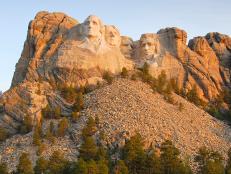


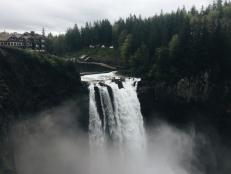
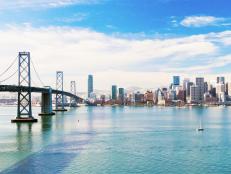
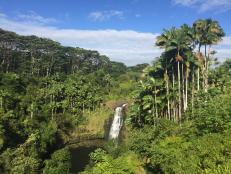
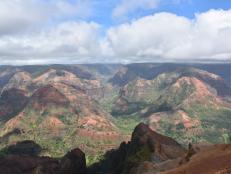

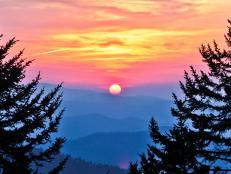
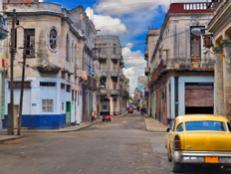

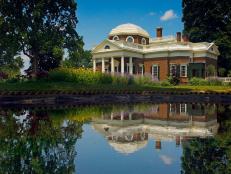

















.jpg.rend.hgtvcom.231.174.suffix/1674758726773.jpeg)











